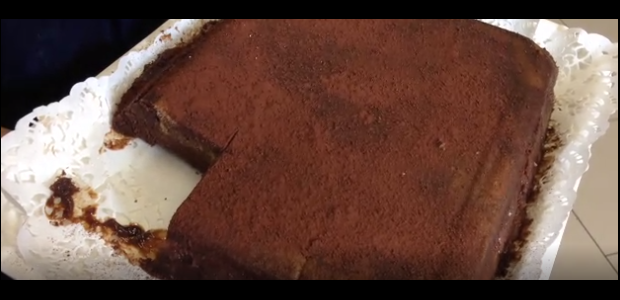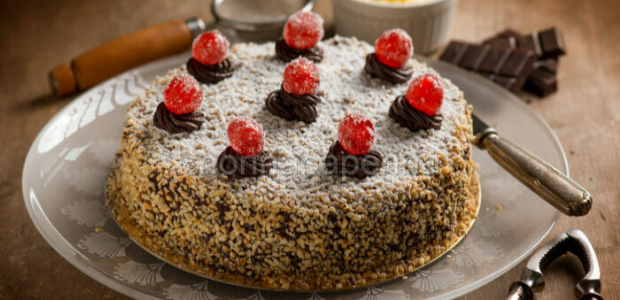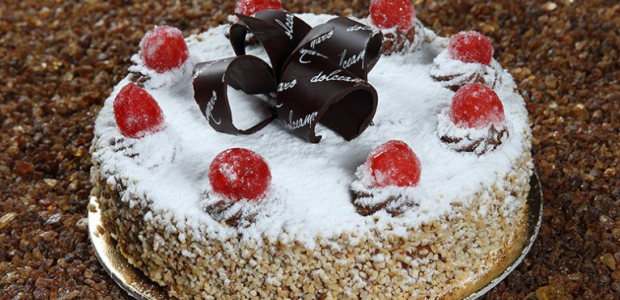Languages
Sweet traditions
The cake in the cellar challenges the duchess of Parma
Wandering through the rolling streets of the Reggio Apennines, we could come across one of the many trattorias in the old way. Stopping for lunch and scrolling through the menu, our attention would be captured by the list of desserts, one in particular, with a curious name: the cake in the cellar. What is it? Walking through the villages and streets of the center of Parma we could stop in front of the window of a pastry shop, our gaze would end on a preparation proposed in different formats, from the largest to the single portion. It is an intriguing-looking cake whose name, Duchess of Parma, is linked to the story of Maria Luigia of Austria, a character loved by the Parmesans.
A poor dessert of the peasant tradition challenges a pastry cake. Who will win?
The cake in the cellar owes its name to the unusual preparation: it is a layered cake that alternates sponge cake, or more typically the "donut" and chocolate cream, all sprinkled with Sassolino liqueur and coffee. The cake is protected with plastic wrap or baking paper and pressed with weights. The processing proceeds for six days during which the cake must be stored in the cellar, in fact; a cool place, with a stable temperature and higher than that of the refrigerator.
Although, as often happens for traditional dishes, it is impossible to trace back to a unique preparation (since each area, even each family, has its own version), in this book you can find a detailed recipe.
The cake in the cellar is served as a spoon dessert, it has a strong taste but contrary to what you might think alcohol does not prevail over other flavors.
It is a dessert that was most likely prepared to recover the leftovers of the kitchen, an authentic delight that unfortunately is dying out. It is difficult to find it and even realize it, modern dwellings are often devoid of cellars with characteristics similar to those of the houses of the past.
But now it's the turn of the Duchess of Parma: a spectacle for the eyes and for the palate, she too is a layered cake, with a difficult preparation and for this reason often entrusted to the expert hands of pastry chefs.
The origins of this dessert are shrouded in the mists of the Po Valley, one of the hypotheses is that it was created by a pastry chef in the mid-'800, in honor of Maria Luigia, taking inspiration from the desserts served by Vincenzo Agnoletti,credenziere and liquorista at the Court of the Duchess. But how is it made? It is formed by discs of hazelnut paste, dark chocolate ganache, eggnog with Marsala and Zibibbo, chopped hazelnuts and candied cherries. An explosion of intense and enveloping flavors, with a
curious game of different textures; a refined, refined dessert, perfect for an important lunch.
In the anxious expectation of being able to travel again, trespass and taste the culinary wonders of Parma and Reggio Emilia at the restaurant or in the pastry shop, we just have to get into the kitchen and give life to this challenge.
MARIA LUIGIA https://www.parmawelcome.it/it/scheda/scopri-la-citta/storia-e-personagg...
RICETTA TORTA IN CANTINA http://www.travelemiliaromagna.it/img/ERT-Terra-da-gustare-1.pdf
FOTO TORTA IN CANTINA https://www.valtassaro.it/torta-in-cantina/
DUCHESSA DI PARMA https://www.parmacityofgastronomy.it/the-duchess-cake/
APPENNINO REGGIANO https://youtu.be/IkjAFyq-uIg
PARMA CENTRO https://youtu.be/qgvVkVwywHA







